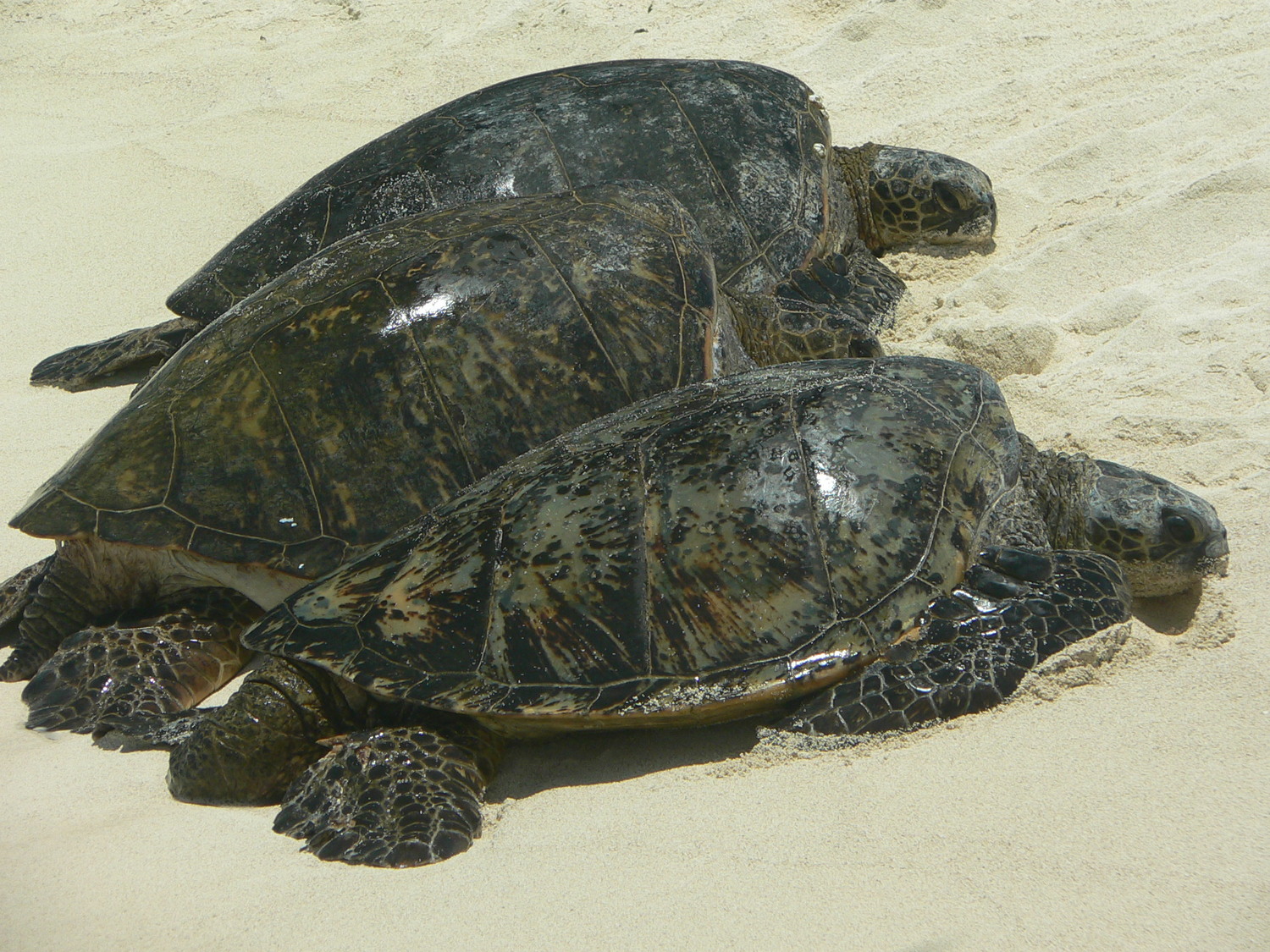
Physical and Behavioral Adpatations. Leatherback sea turtles are the largest species of sea turtles.

Then the entire life cycle begins again.
What is the life cycle of a leatherback turtle. LIFE CYCLE OF A LEATHERBACK SEA TURTLE Hatchlings Over the age of 18 Up to seven feet Between 550 to 1500 lbs Average life span. 45 years Dive to 4200 ft for 1 12 hours Have less predators than hatchlings 2-3 inches long Instinctively go from nest to ocean Able to walk. Female leatherbacks may lay 4 to 5 times per season each time depositing 60 to 120 eggs.
Leatherbacks appear to nest once every two or three years with an incubation period of approximately 60 days. Life Cycle of A Sea Turtle. The sea turtle life cycle starts when a female lays its eggs on a nesting beach usually in the tropics.
From six weeks to two months later depending on the species a tiny hatchling makes its way to the surface of the sand and heads to. Life Cycle of Leatherbacks. Once mature female leatherbacks will ultimately return to their natal beaches to nest.
Apart from traveling from the nest to the ocean after hatching male leatherbacks will spend their entire lives at sea. The cycling of nutrients specifically through the carbon and water cycles is very important to the Leatherback Sea Turtle. A crucial part of the carbon cycle is photosynthesis which is the process of LSTs have very few predators.
They are considered Tertiary. Life-Cycle of a sea turtle. A sea turtles life can be very long but it is also very strenuous.
The eggs will incubate for 50 and 70 days before hatching 2 months depending on the species of turtle. When a significant number of hatchlings have hatched in a nest they will work together to dig up through the sand to reach the surface. Once the eggs hatch theyre on their ownthe baby sea turtles must make it into the water and learn to fend for themselves without any care from their parents.
Leatherbacks reach maturity at approximately 16 years old. Their average lifespan is unknown but its thought to be at least 30 years. The general life cycle of turtles are shared by all sea turtle species with some small differences.
Graphics by Susie Gibson for MRC. The life cycle of turtles begins with female sea turtles coming on to the beach at night to lay a nest of 100-200 eggs. Nests hatch in 40 to 60 days depending on the species.
Physical and Behavioral Adpatations. Leatherback Sea Turtles have many adaptations that help them dive deep down into the ocean. They have large storages of oxygen and blood and their lungs can collapse while a shunt pushes blood away from them lungs and back into the body.
These all help them dive deeper for longer amounts of time. Reproductive cycles of cryptodire turtles and species from the northern hemisphere have been investigated extensively compared to those of pleurodire species from the southern hemisphere. Turtles are cold-blooded they have had a shell that protects them.
The lower portion of the shell is called the Plastron. These sea turtles are found all over the world and inhabit almost every type of climate. The average lifespan of a sea turtle can vary from 30 to over 100 years depending upon the species.
Leatherback sea turtles are the largest species of sea turtles. They can grow up to seven feet long and can exceed 2000 pounds. They are the only remaining representatives of a family of turtles that traces its evolutionary roots back more than 100 million years Leatherback Sea Turtles.
The female adult sea turtle has the ability to store the sperms in the oviduct during ovulation. These female sea turtles return to the seashore where they were born and lay eggs every two to four years. Then the entire life cycle begins again.
Sea turtles are basically marine creatures who spend most of their time in solitary.